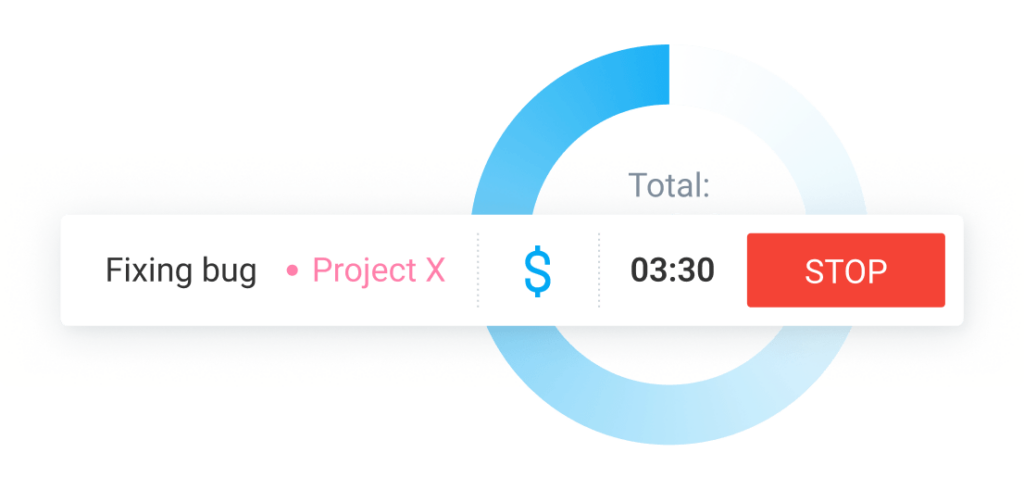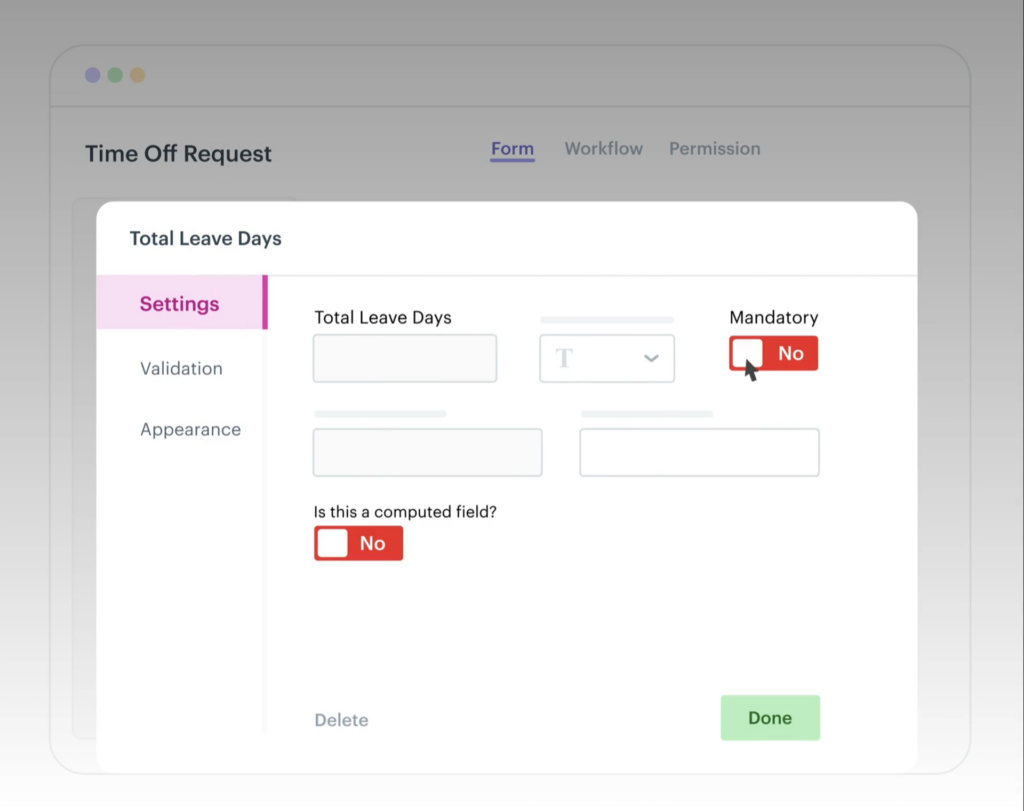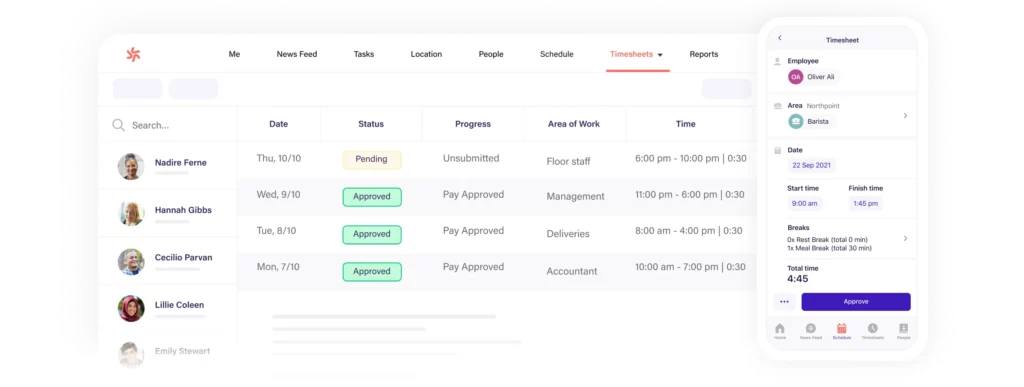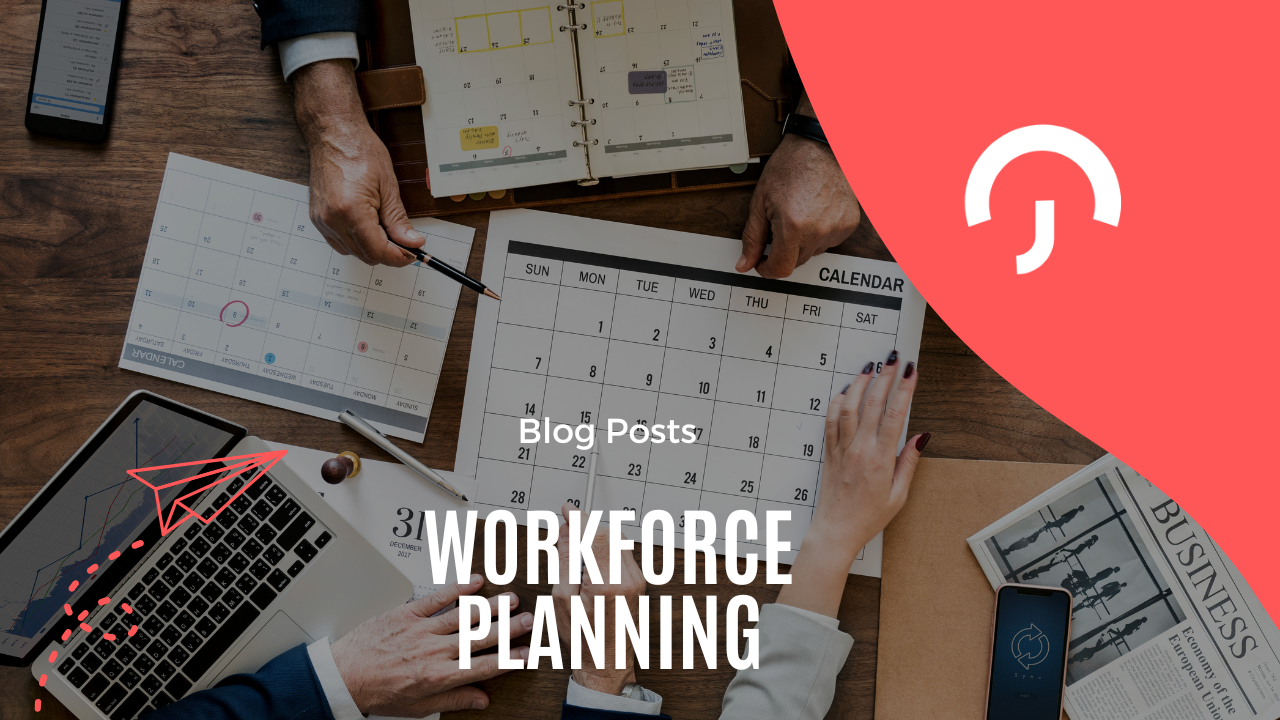Table of Contents
ToggleIs your business losing money because of a weak attendance management system? According to the American Payroll Association, companies lose about 7% of their payroll to time theft annually. That means for every $100,000 in wages, $7,000 might be slipping through the cracks due to ineffective attendance tracking.
Take Jamie, a small business owner in Chicago, who thought a simple punch-clock was enough. But when several employees began buddy-punching—clocking in for each other—she realized her outdated attendance management system was costing her thousands in lost productivity and inflated labor costs.
This article dives into why a smart attendance management system is no longer optional but essential. We’ll explore how it helps streamline operations, reduce costs, and support better decision-making.
Why Should You Care About Attendance Management?
In a world where every dollar and every hour count, manual timekeeping systems are outdated. Inefficiencies in tracking employee hours lead to payroll errors, compliance risks, and even employee dissatisfaction.
“Modern attendance systems not only automate time tracking but also provide real-time insights that drive smarter workforce planning,” says Dr. Laura Bennett, HR Technology Consultant at PeopleOps Insights.
Ask yourself this: Do I know exactly how many hours my employees worked last week? And can I prove it?
The Common Problem: Flawed Attendance Tracking
Many businesses still rely on spreadsheets, paper logs, or outdated time-clocks. These methods are prone to:
Human error and manipulation: Manual entries can be miscalculated, altered, or falsified, leading to discrepancies in payroll and performance reviews.
Lack of real-time visibility: Managers often have no immediate insight into who’s working at any given time, making it hard to manage sudden absences or scheduling gaps.
Complicated payroll processing: Hours must be manually calculated and transferred into payroll systems, increasing administrative workload and the chance of errors.
Difficulty ensuring compliance with labor laws: Without a proper record-keeping system, your business risks violating labor regulations related to hours worked, overtime, and rest periods.
Modern Attendance Management Solutions
Modern systems go far beyond tracking hours. They provide smart automation, insights, and tools to help teams stay productive and compliant.
One standout tool in the attendance management space is Day Off, a streamlined solution designed for modern businesses. Available on iOS, Android, and the web, Day Off provides intuitive features that make managing leave and tracking time-off requests incredibly simple.
With Day Off, employees can submit vacation or sick leave requests with just a few taps, and managers receive real-time notifications to approve or deny them. The mobile-friendly design ensures that time-off management is convenient and efficient, even on the go. with just a few taps, and managers receive real-time notifications to approve or deny them. Powerful Admin Features
The platform includes a clean, user-friendly dashboard that offers visibility into leave balances, approval history, and upcoming time off. It even allows businesses to create custom leave policies and automate holiday calendars by region or team. that offers visibility into leave balances, approval history, and upcoming time off. It even allows businesses to create custom leave policies and automate holiday calendars by region or team.
Ideal for Modern Teams
For companies with global or hybrid workforces, Day Off is a game changer. Its mobile-first design means employees can manage their time from anywhere, while administrators maintain full control and insight into attendance metrics. Whether you’re running a startup or a larger organization, Day Off offers a flexible, scalable solution to simplify attendance tracking and boost workforce accountability., Day Off is a game changer. Its mobile-first design means employees can manage their time from anywhere, while administrators maintain full control and insight into attendance metrics.

BambooHR is more than just a tracking tool—it’s a comprehensive HR suite built for small to mid-sized businesses. Its attendance and time tracking features integrate seamlessly with payroll, onboarding, and performance reviews. The intuitive dashboard offers a full employee lifecycle view, helping HR teams reduce manual work and increase accuracy. It also includes automated reminders for approvals and built-in analytics to spot trends in absenteeism or overtime.
A robust HR software solution tailored for small to mid-sized businesses. BambooHR offers built-in attendance and time tracking features, seamlessly integrated with payroll and employee performance management. It’s a solid all-in-one platform for businesses looking to consolidate their HR processes under one roof.

Clockify is a free, user-friendly time tracking tool that supports unlimited users, making it ideal for startups, freelancers, and growing teams. Its strength lies in its simplicity—you can track time by project, client, or task with just a few clicks. Managers can view timesheets, run reports, and monitor billable hours. While it lacks advanced HR features, it’s perfect for teams needing clear visibility into how time is spent without investing in a full HR platform.
Ideal for freelancers and small teams, Clockify is a free tool that allows users to track hours worked on different projects and tasks. While it’s not as comprehensive as enterprise-level systems, it’s excellent for businesses that need basic time tracking and reporting without a large financial commitment.

Kissflow HR Cloud is built for scalability, making it a top choice for larger enterprises. It offers powerful tools for attendance, leave, onboarding, and even performance management in a single platform. Its drag-and-drop workflow editor allows HR teams to customize every aspect of their process. You can automate leave approvals, generate detailed reports, and integrate it with other enterprise software for smooth data flow across departments.
Designed for larger enterprises, Kissflow HR Cloud provides a customizable platform that includes attendance management, leave tracking, employee onboarding, and performance evaluations. It’s known for its flexible workflows and ability to scale with complex organizational needs.

Deputy is tailored for shift-based businesses, especially in retail, healthcare, and hospitality. It enables real-time scheduling, mobile clock-ins with GPS verification, and compliance checks for labor laws. Managers can create optimized rosters in minutes, receive alerts for late check-ins, and automate shift swaps. It helps reduce administrative overhead and ensures teams are always staffed appropriately without the chaos of manual scheduling.
Best suited for industries like retail, healthcare, and hospitality, Deputy specializes in shift planning and attendance tracking. It offers powerful scheduling tools, mobile clock-ins with geolocation, and compliance alerts. It’s particularly useful for managing large shift-based teams across multiple locations.
Each of these tools brings something unique to the table. Your choice should depend on team size, budget, and specific workforce needs.. Your choice should depend on team size, budget, and specific workforce needs.
What a Smart Attendance Management System Solves
A smart attendance management system does more than track time—it transforms how businesses manage people, reduce inefficiencies, and stay compliant. It turns chaotic schedules and guesswork into structured, data-driven processes.
1. Accurate Time Tracking
A smart system eliminates the need for manual entry by digitally recording every clock-in and clock-out. Whether it’s biometric scanning, mobile check-ins, or desktop login systems, time is tracked down to the second. This ensures that employees are paid for the actual time worked, reducing overpayments and helping maintain fairness and accountability.
2. Real-Time Dashboards
Modern systems provide centralized dashboards that allow supervisors to monitor attendance in real time. You can immediately identify trends like repeated tardiness or unplanned absences and make quick, informed decisions to maintain productivity. It’s also easier to approve or decline requests for time off without shuffling through emails or paperwork.
3. Integration with Payroll
Attendance management systems can be directly integrated with payroll software, automating the calculation of hours worked, overtime, and deductions. This not only reduces the risk of payroll errors but also saves HR departments countless hours each pay cycle. It ensures your employees are paid accurately and on time, enhancing morale and trust.
4. Compliance Made Easy
Built-in features like time-off tracking, audit logs, and overtime alerts help businesses stay compliant with labor laws and regulations. These systems often generate detailed reports that can be used during audits or for internal assessments, ensuring you’re always prepared and protected from potential legal issues.
5. Remote and Mobile Access
With today’s increasingly flexible work arrangements, mobile-friendly attendance systems allow employees to clock in from remote locations or on job sites. Managers can approve time-off requests, adjust schedules, and monitor attendance from anywhere. This adaptability ensures continuity and efficiency regardless of where your team is working.
1. Do attendance management systems work for remote teams?
Yes, most modern systems are cloud-based and mobile-friendly, allowing remote employees to clock in and out, request leave, and stay in sync with HR policies no matter where they are.
2. How secure is employee data in these systems?
Top providers use encryption, secure servers, and access control to protect employee data. Look for systems that comply with GDPR or other regional data protection laws.
3. Can attendance systems integrate with other HR software?
Absolutely. Many platforms are designed to integrate seamlessly with payroll, performance management, and scheduling tools to create a unified HR ecosystem.
4. What’s the cost of implementing an attendance system?
Costs vary based on features and company size. Some tools, like Clockify, offer free plans, while others may charge per employee or per feature tier monthly.
5. Do these systems require training?
Most are user-friendly and intuitive, requiring minimal training. However, providers often include tutorials, onboarding sessions, or customer support to ease the transition.
6. How do attendance systems handle different time zones?
Most systems automatically adjust based on the user’s local time zone, ensuring accurate records regardless of geographic location. This feature is crucial for businesses with remote or international teams.
7. Can I track project-based hours in attendance software?
Yes, many platforms include project or task-based tracking, allowing managers to see how time is allocated across different responsibilities, improving resource planning and billing accuracy.
8. What happens if there’s a network outage?
Several tools offer offline mode or local data storage. Once the connection is restored, data syncs automatically to the cloud, ensuring no entries are lost during outages.
9. Are biometric options available for attendance tracking?
Yes, many systems offer biometric integrations like fingerprint or facial recognition for added security and accuracy, helping prevent buddy punching and time fraud.
10. How customizable are attendance rules?
Most modern systems let you tailor policies for leave types, working hours, break durations, and regional holidays. This flexibility ensures alignment with your company’s internal policies and local regulations.
Conclusion
Whether you’re managing a remote team or overseeing shifts across multiple locations, the right attendance management system can dramatically transform how your business operates. It eliminates inefficiencies, improves transparency, and supports strategic workforce decisions—all while reducing costs., outdated attendance methods are more than just inconvenient—they’re costly. A smart attendance management system empowers businesses to boost accuracy, enhance productivity, and ensure legal compliance, all while supporting remote and hybrid teams. Whether you’re a startup or a growing enterprise, adopting the right solution helps you regain control over your workforce operations and set the foundation for long-term success.
